According to many "hard-hitting" forecasts from observers, the global semiconductor market will recover strongly in 2024 and could reach a value of 1,000 billion USD by 2030.
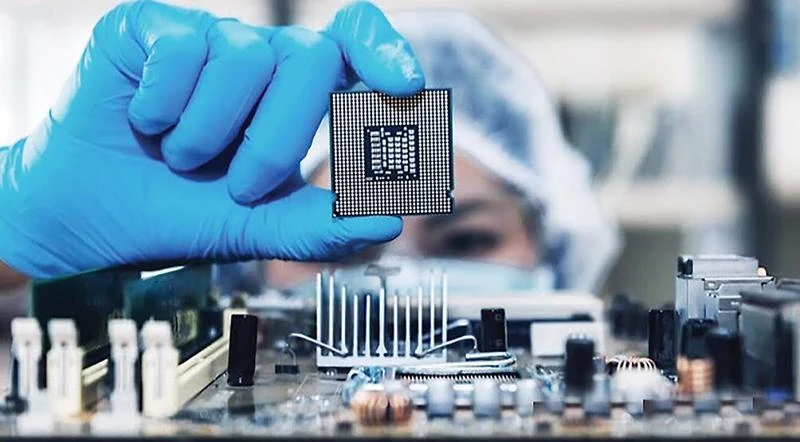
Vietnam, of course, is not outside this market, and even has the necessary conditions and factors to develop the semiconductor industry with: a stable political system, favorable geographical location, increasingly developed digital infrastructure, abundant human resources and high determination in pursuing and developing this industry. Highly appreciating the potential of Vietnam, President and CEO of the US Semiconductor Industry Association (SIA) John Neuffer said, Vietnam "has incredible opportunities to leave its mark on the global semiconductor supply chain".
However, speaking to the press, Mr. Vu Quoc Huy, Director of the National Innovation Center (NIC), Ministry of Planning and Investment, analyzed that the semiconductor industry is posing many challenges for businesses and governments of countries, including Vietnam. First of all, the high investment cost must be mentioned, building a chip foundry can cost up to 50 billion USD. Moreover, the increasing complexity of semiconductor technology requires a constant large investment in research and development to avoid falling behind.
In addition, the level of international competition in this field is very high from countries such as China, the United States and Europe. These countries/regions have announced investment plans for their chip sector from 50-150 billion USD. The demand for high-quality human resources is also particularly large, while in reality, Vietnam's human resources are only at the initial stage, and their skills and qualifications are not enough to meet the needs of businesses.
So how do you really get a piece of the “pie”?
Among the many tasks to be done, Minister of Planning and Investment Nguyen Chi Dung repeatedly mentioned the task of improving the quality of human resources, with the construction of a project to develop high-quality human resources by 2030, aiming to have 50,000 employees in the semiconductor industry, meeting the human resource needs of domestic semiconductor enterprises and exporting labor to other developed markets.
However, given the specific nature of this training sector, this effort can only be successful with the joint efforts of the Ministry of Planning and Investment, the Ministry of Science and Technology, the Ministry of Education and Training, the Ministry of Information and Communications and a number of leading universities in Vietnam such as Hanoi University of Science and Technology, Hanoi National University, Ho Chi Minh City National University... Human resource users - high-tech parks, industrial parks and economic zones of provinces and cities, and the business community, of course, cannot be left out.
ANH THU
Source



![[Photo] Opening of the 11th Conference of the 13th Party Central Committee](https://vstatic.vietnam.vn/vietnam/resource/IMAGE/2025/4/10/f9e717b67de343d7b687cb419c0829a2)


![[Photo] Unique folk games at Chuong Village Festival](https://vstatic.vietnam.vn/vietnam/resource/IMAGE/2025/4/10/cff805a06fdd443b9474c017f98075a4)
![[Photo] April Festival in Can Tho City](https://vstatic.vietnam.vn/vietnam/resource/IMAGE/2025/4/10/bf5ae82870e648fabfbcc93a25b481ea)
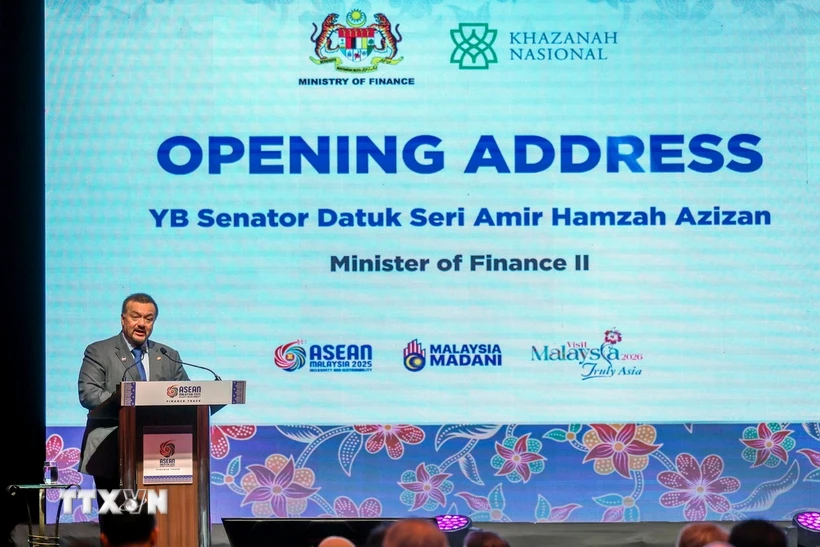




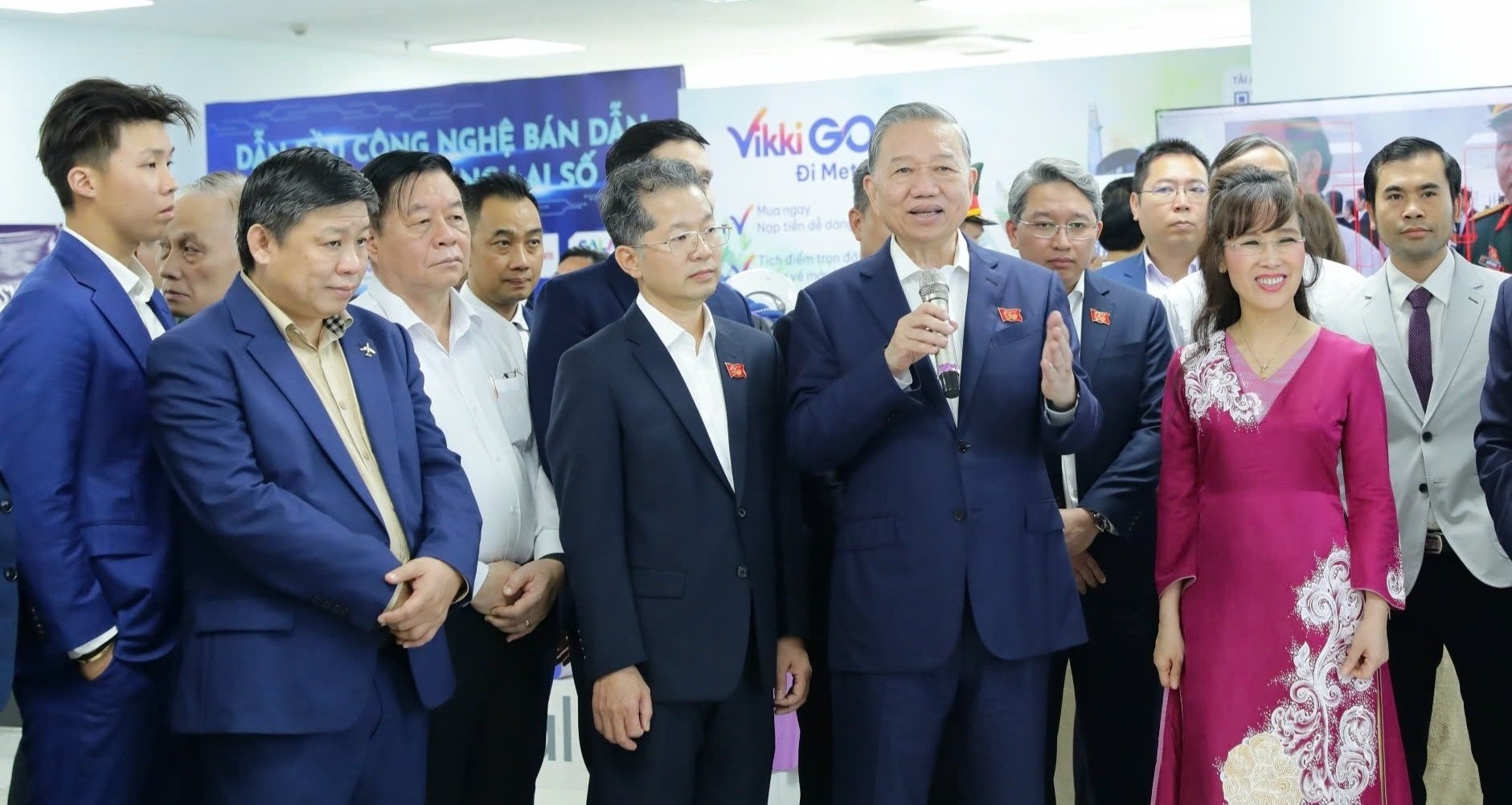



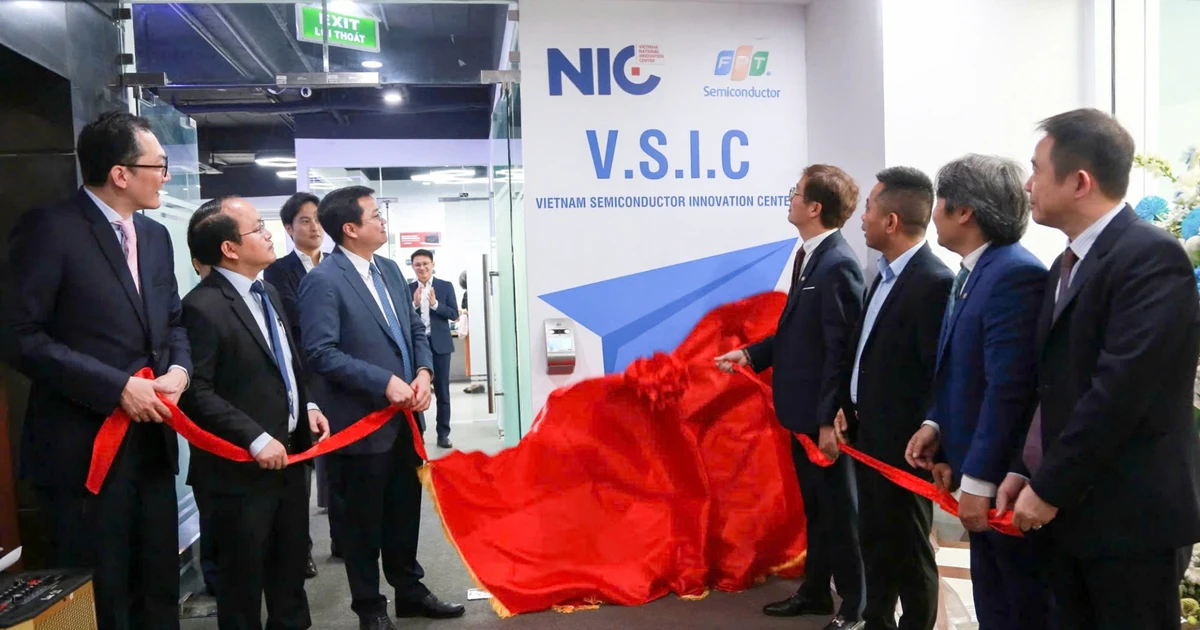






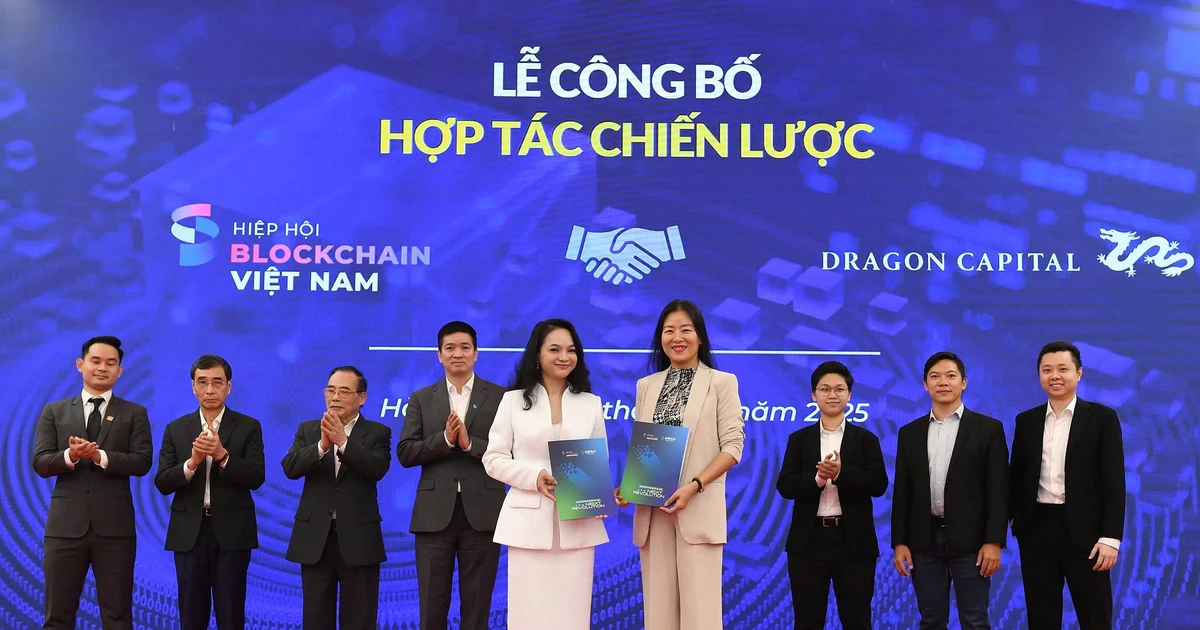






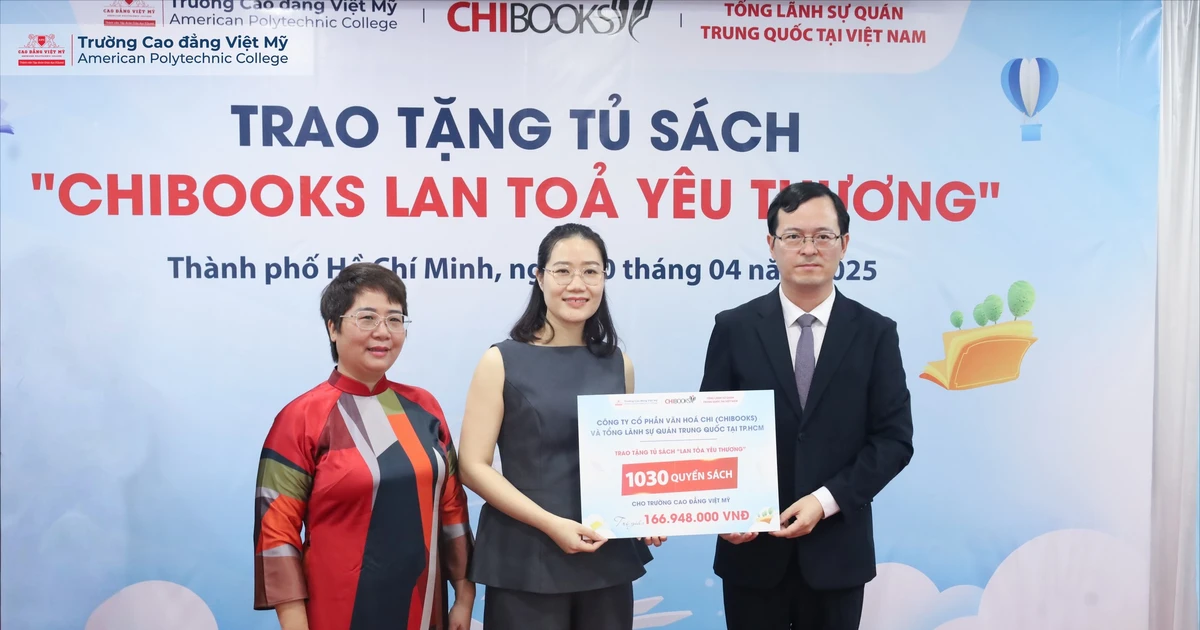
















































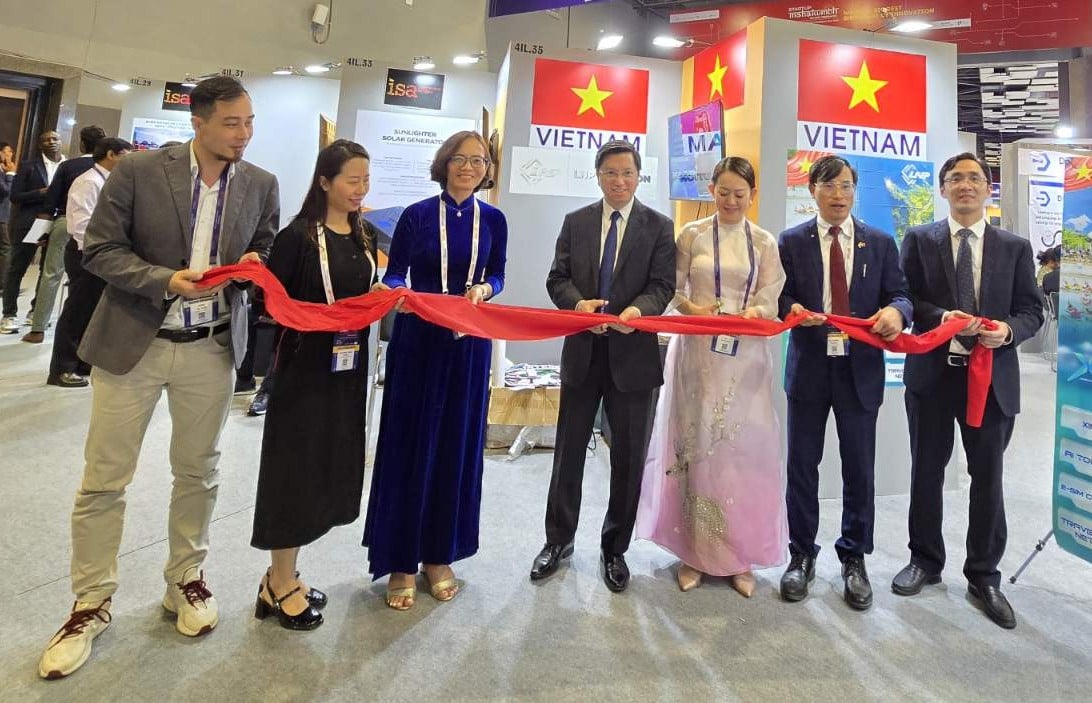
![[Infographic] Diverse activities of the 4th Dong Thap Province Book and Reading Culture Day in 2025](https://vstatic.vietnam.vn/vietnam/resource/IMAGE/2025/4/10/a5f00b7d966a475d891f3c3e528c9a66)















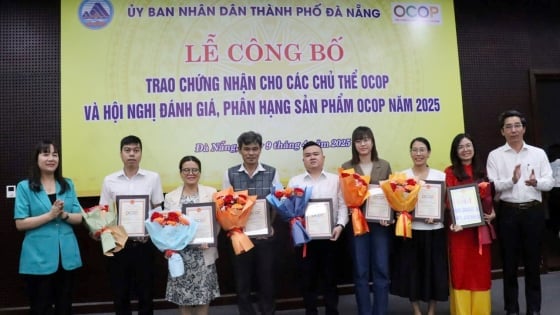
Comment (0)